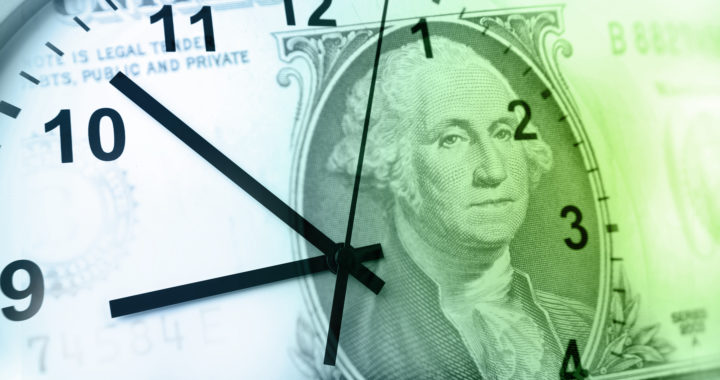Since the cannabis industry is so fresh, many aspiring marijuana business owners have no idea how to estimate projected budgets, never mind yields, and cost of goods sold. Nor are they able to estimate the amount of time it will take for the business to see green (or make a profit). The cost of goods sold is also important because it reduces the businesses taxable income.
We will be upfront, calculating and tracking cost of goods for cannabis is tricky businesses. Math is required to find the total cost, per plant or batch. Some are looking to calculate an average per plant, batch or harvest, per gram or pound produced. Some are looking for average costs per square foot.
With good accounting goals and practices, cannabis businesses can produce reasonable budgets, provide accurate financial statements and its businesses tax liability will decrease. What elements should be considered when calculating costs? Let’s break this question into sections below, because there is no simple answer.
COGS Categories
Whether you currently own (or plan to own) a cannabis cultivation, processing facility, or dispensary, you will be subject to 4 general business costs that will be directly associated with the goods you sell.
Materials and Consumables
The materials and consumables used differ by business types.
Cultivation
A cultivation will need to track the cost of soil and grow mediums. A cultivation will also need to track how much is spent on nutrients and Internal Pest Management (IPM) products . Additionally, a cultivation will consider the costs of any fans, lights, air stones, pumps, tubing, sheers, and light bulbs used in the process be considered a cost of goods sold. These items can be amortized, which is covered below.
Materials that can be amortized can be used overtime through multiple harvests. For these items, the total yearly cost is calculated based on the amount of time the item may be used for. The total price is divided by the lifetime the item is used for to give a yearly average cost. This yearly cost is then divided by the amount of harvests during the given year. This number will indicate how much each harvest cost. To go further, the harvest cost can be divided by the total number of plants or pounds, indicated a cost per plant or per pound.
Processing
Processing facilities will want to consider the cost of the consumable used for the extraction technique chosen. Such techniques may include butane, ethanol, or CO2. In addition, packaging and tools used in the process are considered cannabis cost of goods sold.
Dispensary
To conclude, marijuana dispensaries may have a slightly different array of materials and consumables that factor into the COGS. Things such as printer ink, labels, patient bags, general office supplies, and hardware are also considered costs of goods sold.
Water
Water is necessary for any business type. Cultivation and processing tend to consume more water than a dispensary. This is because water is used in the process of growing and making marijuana products. However, only a portion of the water bill is considered a cost of goods sold. To get an accurate cost per plant, square foot, harvest, or light, the following equation can be used:
Total Water Bill divided by the square foot of the facility. Then the square footage of the facility is multiplied by the square footage used in cultivation/production. These numbers are multiplied by each other to give the estimated cost of goods sold. Lets use round numbers as an example;
If a water bill is $100 for the month, and the facility is 1,000 square feet, of which 80% is dedicated to production, how much would be considered costs of goods sold? 100/1000(1000*.8)= $80. This equation can be used for a a yearly basis as well. By dividing the yearly amount by the amount of harvests to give an example of how much each harvest costs.
Electricity
Electricity is also necessary for all businesses, regardless of the industry. The same equation used for water can be used to calculate the amount of costs to allocate to the COGS account. A cultivation will likely have a higher electricity cost of goods sold than other business types given the amount of electricity used to keep lights and HVAC units constantly running. If you are looking for a way to reduce costs in a cultivation, check out our blog post: 5 Ways to Reduce Operating Costs for Cannabis Cultivations.
Labor
Labor is commonly considered overhead, but any labor directly associated with producing a product is considered a cost of goods sold. Accountants will most often keep labor classified into different categories. Most often this is to track the labor associated with the production of products, as opposed to the cost of overhead the company is spending. Many companies are opting into capital purchases such as large equipment. These investments can reduce labor over time, but require capital to obtain. However, a dispensary may not be able to utilize automation. This makes the dispensary license type the most costly when it comes to labor.
Property Cost
If you’re renting or leasing, some of the amount spent can be allocated to the costs of goods sold. To find the amount of rent that is a cost of goods sold, you can use the same equation explained for water. Because only a portion of the business is used for cultivation, processing, and dispensing, only a portion of rent is considered a COG. If the building and land is owned with a mortgage, the monthly mortgage amount paid (excluding taxes, escrow, and interest) is used as the bill amount.


